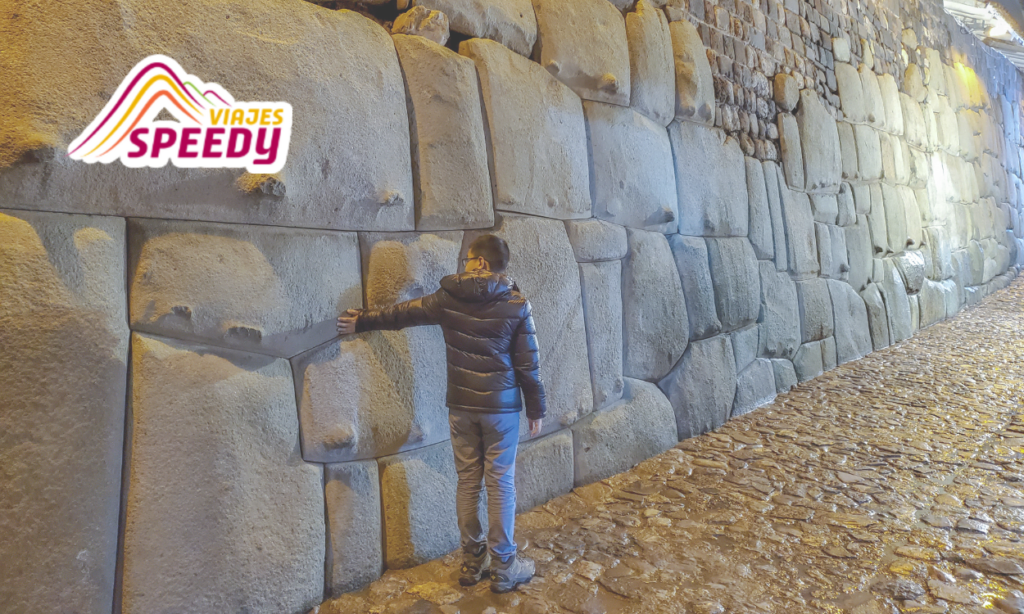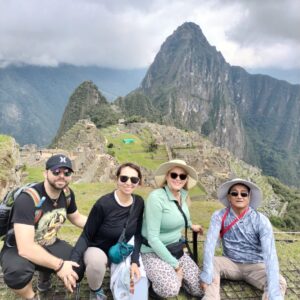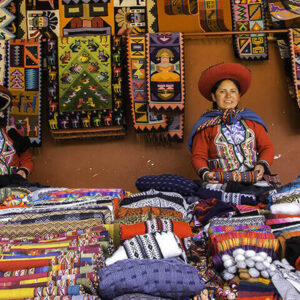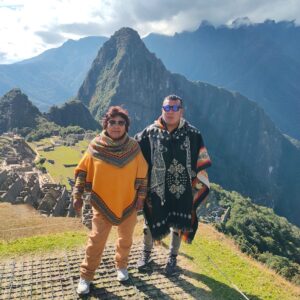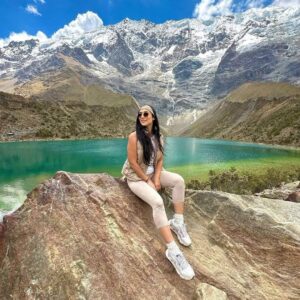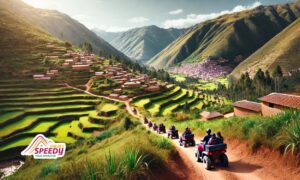The Inca Empire, known for its amazing achievements and mysterious downfall, continues to fascinate both historians and travelers. Are you ready to uncover the secrets of the Inca Empire? With Viajes Speedy, embark on a journey to the heart of this ancient civilization and marvel at their accomplishments. Here we present 25 curiosities that highlight the ingenuity and uniqueness of the Incas.
Engineering Wonders Without the Wheel

Despite not inventing the wheel, the Incas built an extensive and highly efficient network of roads and bridges across the rugged Andes, something few empires achieved without this essential invention. Unlike other civilizations like the Romans, who used the wheel for transportation and construction, the Incas developed unique techniques to navigate the mountainous terrain with impressive precision.
Quipus: The Ancient Accounting System

The Incas developed a sophisticated accounting system using quipus, a series of knotted strings, to record numerical information. Each knot and color of the strings had a specific meaning, allowing for efficient management of resources such as food, population, and labor. This system was so precise that some historians compare it to the early accounting systems of other civilizations.
Machu Picchu: A Mystical Sanctuary
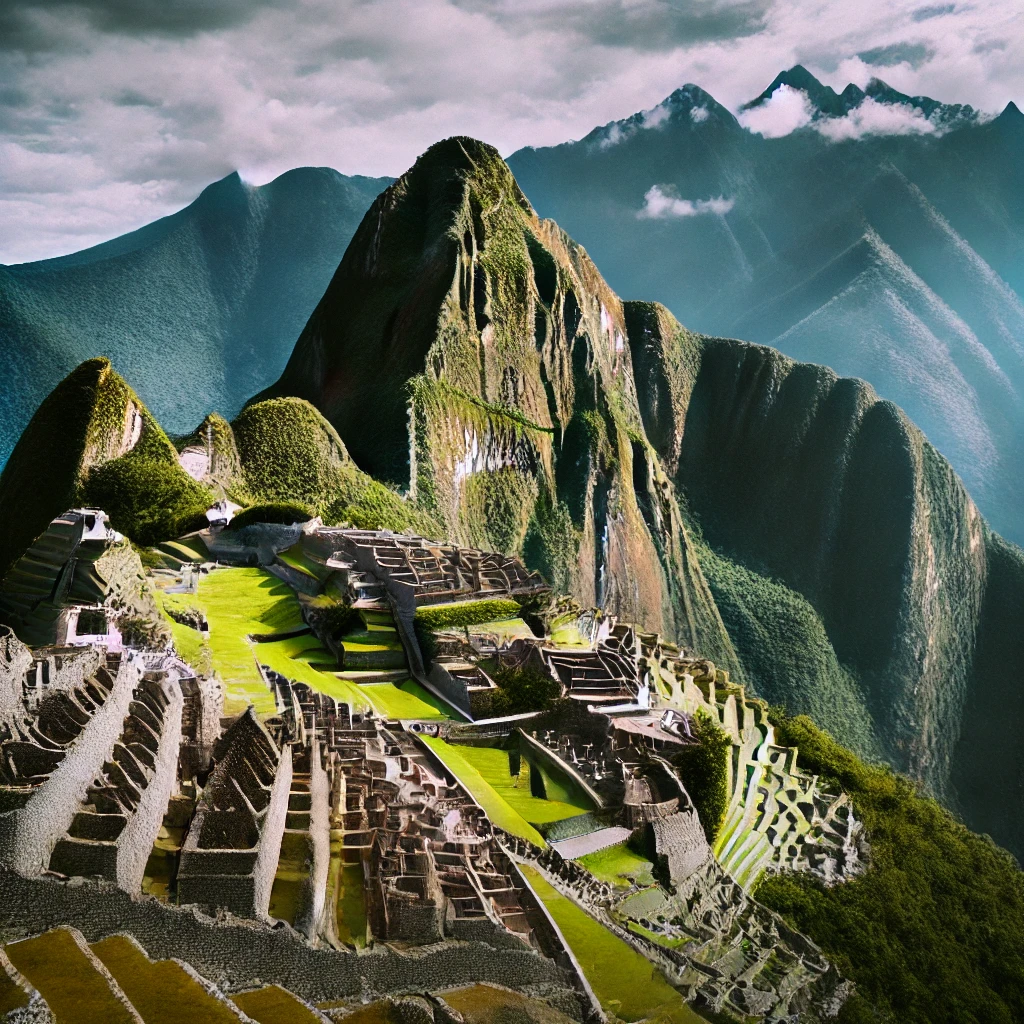
Machu Picchu, the iconic symbol of the Inca Empire, was built without the use of mortar, and its stones fit together with incredible precision. If you want to experience this wonder firsthand, we invite you to discover our Spanish tours to Machu Picchu offered by Viajes Speedy for an unforgettable experience.
Farming Above the Clouds
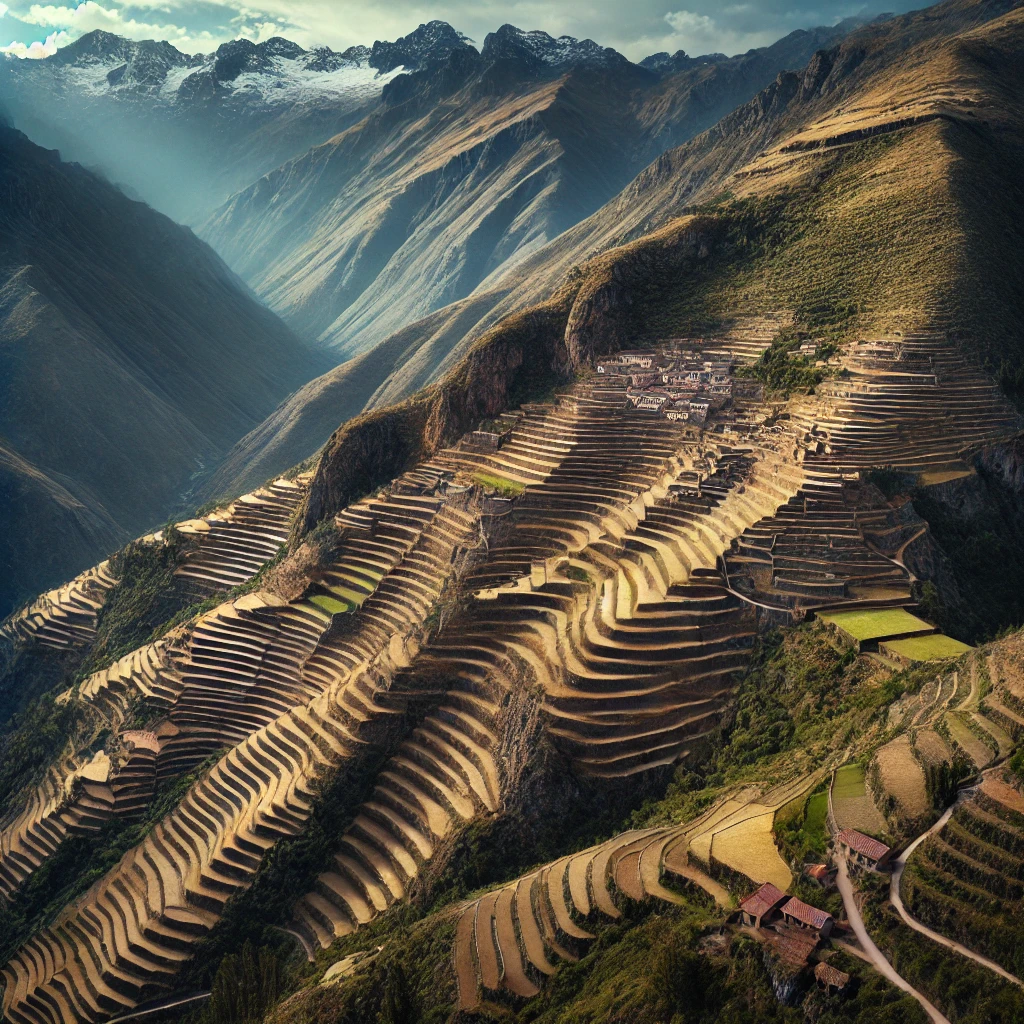
The Incas were masters of high-altitude agriculture, creating terraced fields that maximized arable land and minimized erosion. These terraces not only ensured efficient use of land but also helped retain water, preventing soil erosion and allowing for a greater variety of crops. Thanks to these techniques, they could cultivate over 200 varieties of potatoes, corn, and other essential foods, ensuring the nourishment of millions.
Solar Observatories
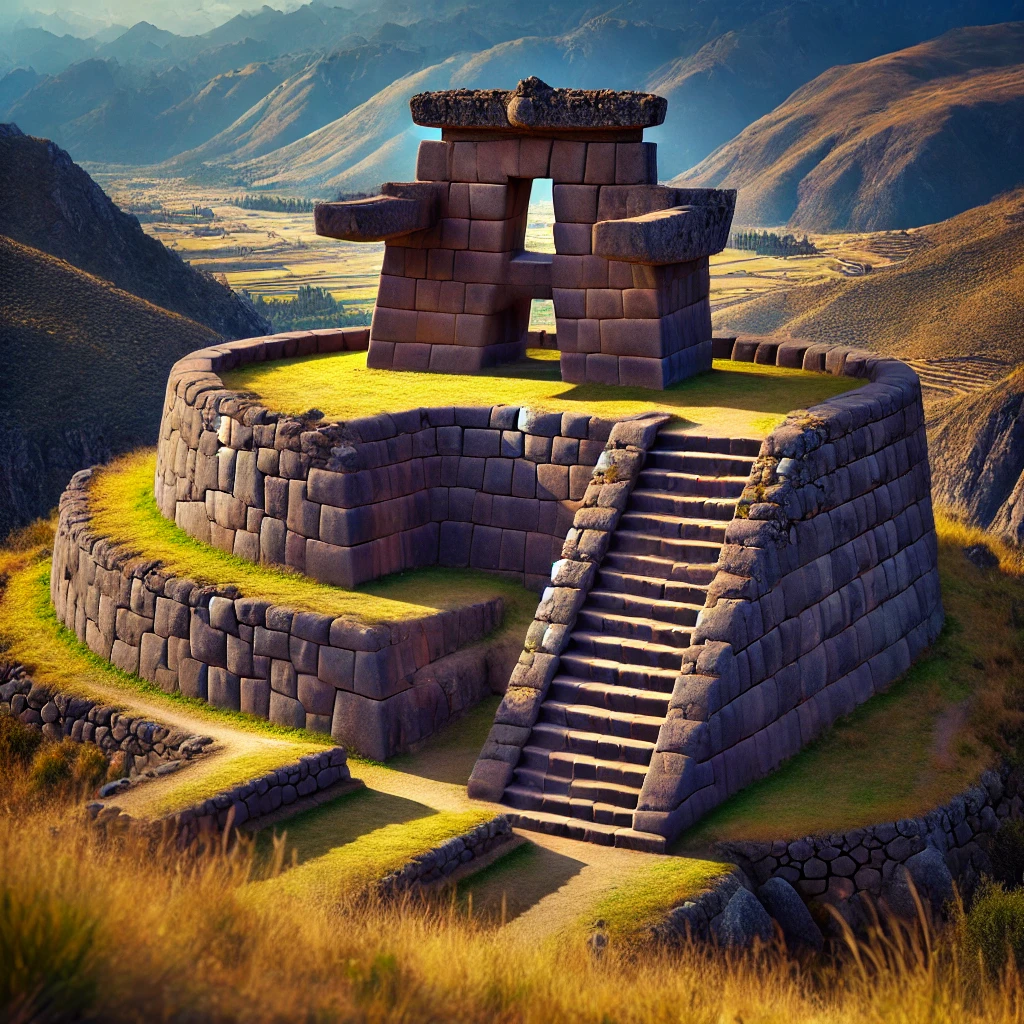
The Incas built precise solar observatories, such as the Intihuatana stone, to track the movement of the sun and regulate their agricultural calendar. These observatories allowed them to predict seasonal changes and plan plantings and harvests accurately. Astronomy was key in Inca life, as the sun and stars had profound religious and cultural significance, guiding not only agriculture but also important festivals and ceremonies.
The Festival of the Sun
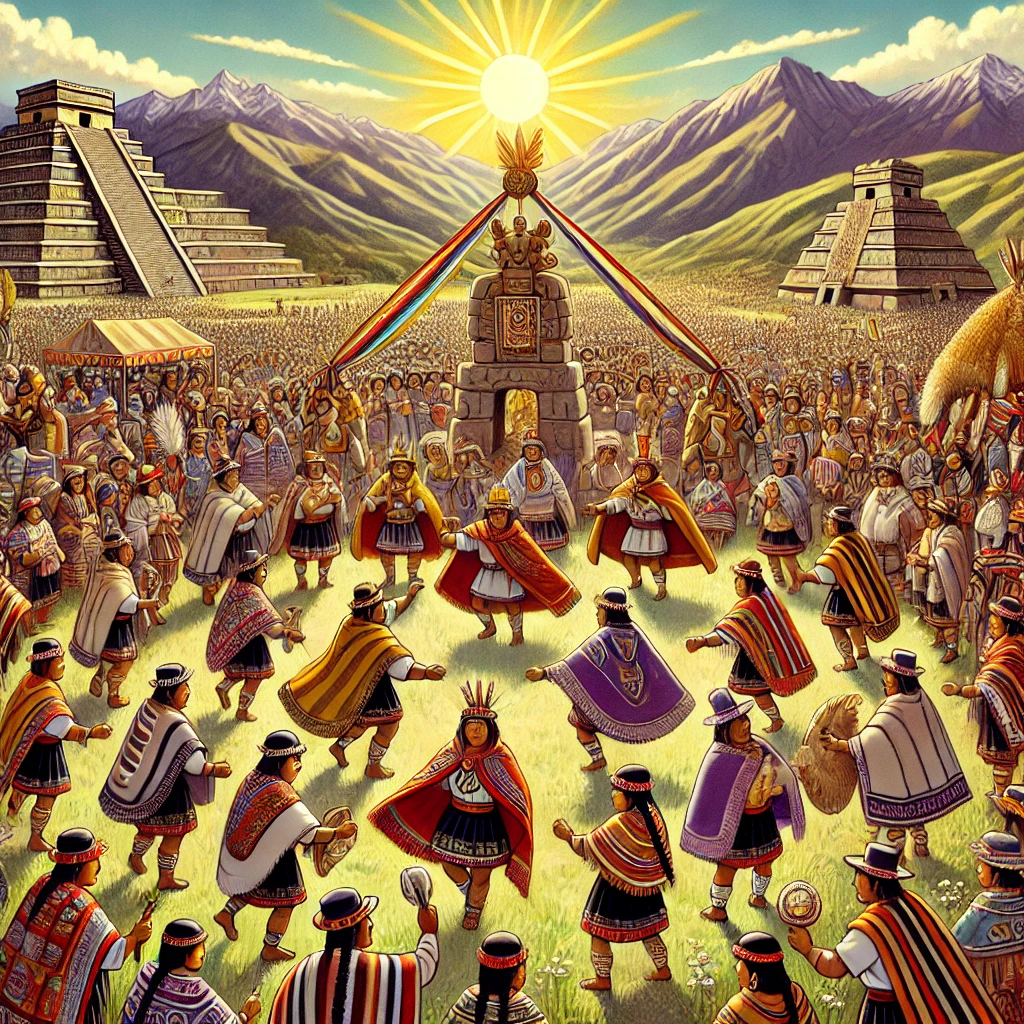
Inti Raymi, the Festival of the Sun, was a significant Inca celebration in honor of the sun god, Inti, marking the winter solstice with sacrifices and dances. The sacrifices included offerings of food and animals, while traditional dances were performed by priests and the community, representing the connection with the gods and nature.
The Inca Diet

The Inca diet was rich in corn, potatoes, and quinoa, crops that are still essential in Andean cuisine today. They also consumed other foods such as guinea pig, which was an important source of protein, and used herbs and medicinal plants to complement their diet. Quinoa, known as the ‘golden grain,’ was so valuable that it was offered in religious rituals and played a central role in the diet of the elite.
Llamas and Alpacas
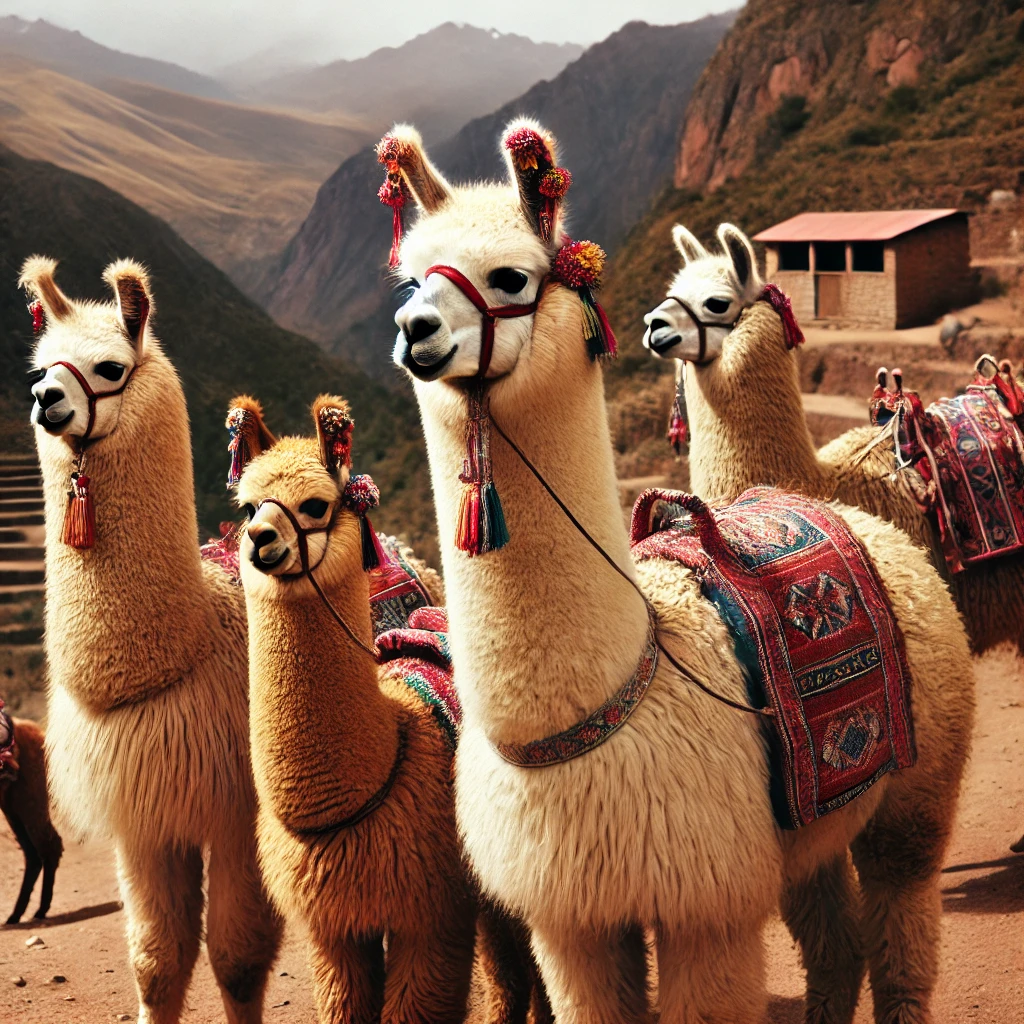
Llamas and alpacas were valuable not only for their wool, used to make warm clothing, but also as pack animals to transport goods across the steep Andes. Additionally, they played a fundamental role in religious ceremonies, as they were considered sacred and often offered as sacrifices to the gods to ensure good harvests and the protection of the empire.
The Concept of Ayni
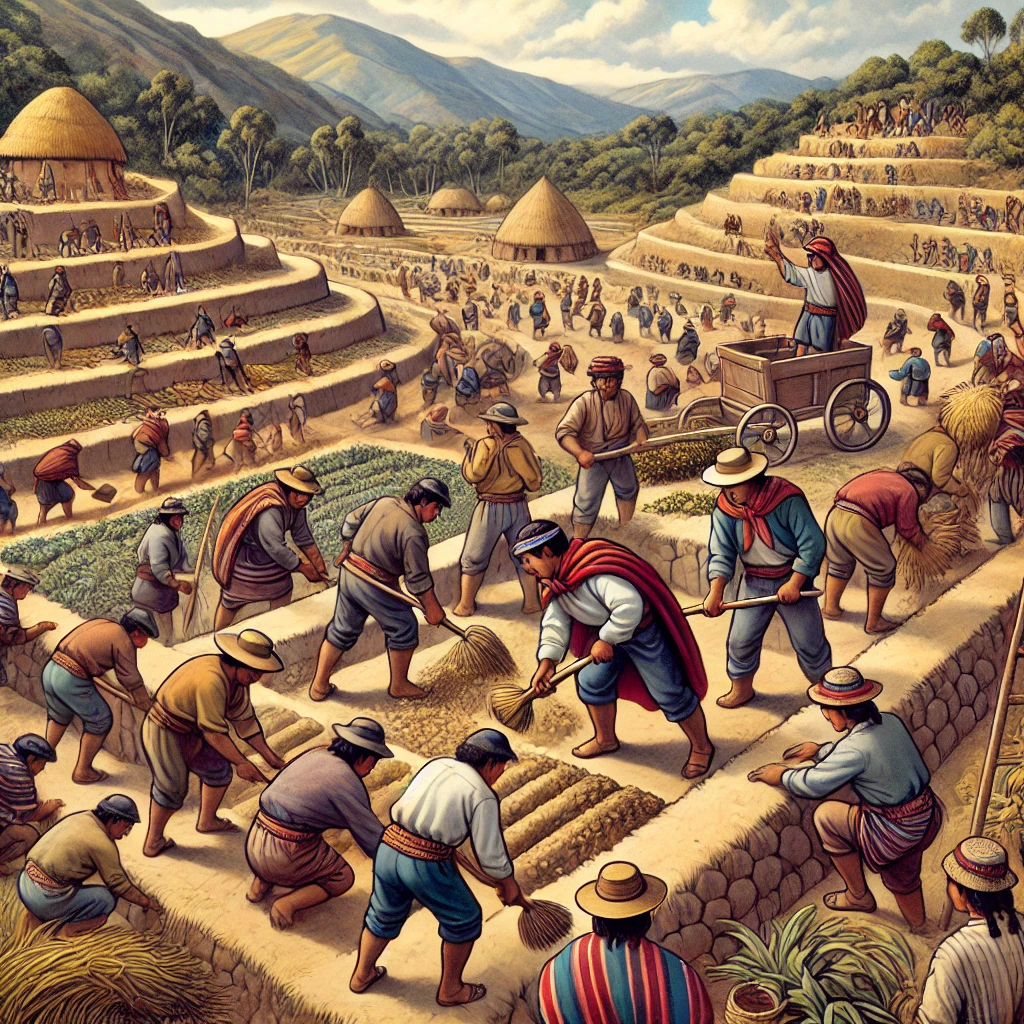
Ayni, or reciprocal labor exchange, was a pillar of Inca society, fostering community cooperation and cohesion. This principle implied that when someone received help, they had a moral obligation to return the favor when needed. Ayni was applied not only in agriculture but also in the construction of roads, temples, and other infrastructure, creating a strong social network that benefited the entire community.
Cranial Deformation as a Status Symbol
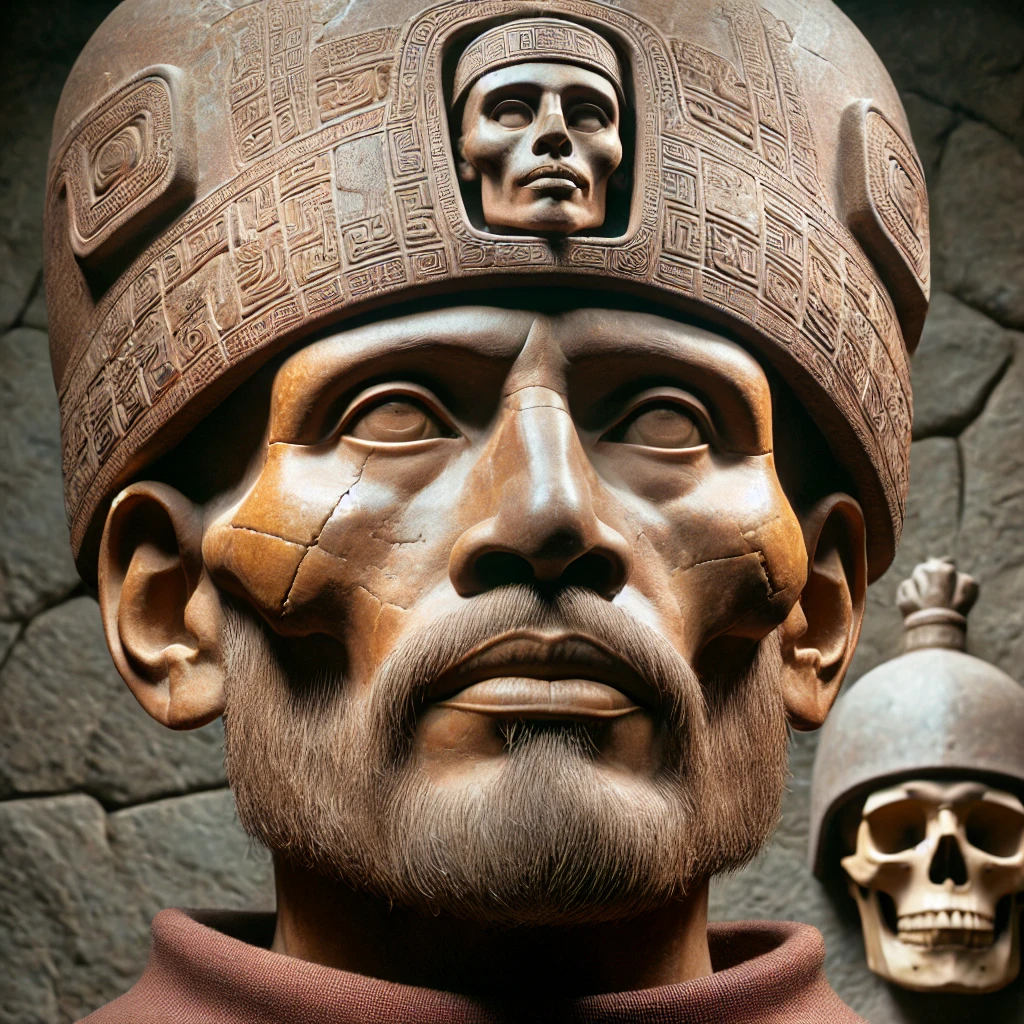
Nobles practiced cranial deformation, elongating their skulls from an early age as a marker of social status. This practice began in childhood, using boards and ropes to mold the skull as it grew. Cranial deformation was seen as a sign of nobility and power, distinguishing the elite from the common population and highlighting their divine connection, as it was believed that rulers were direct descendants of the gods.
The Lost Language of the Incas
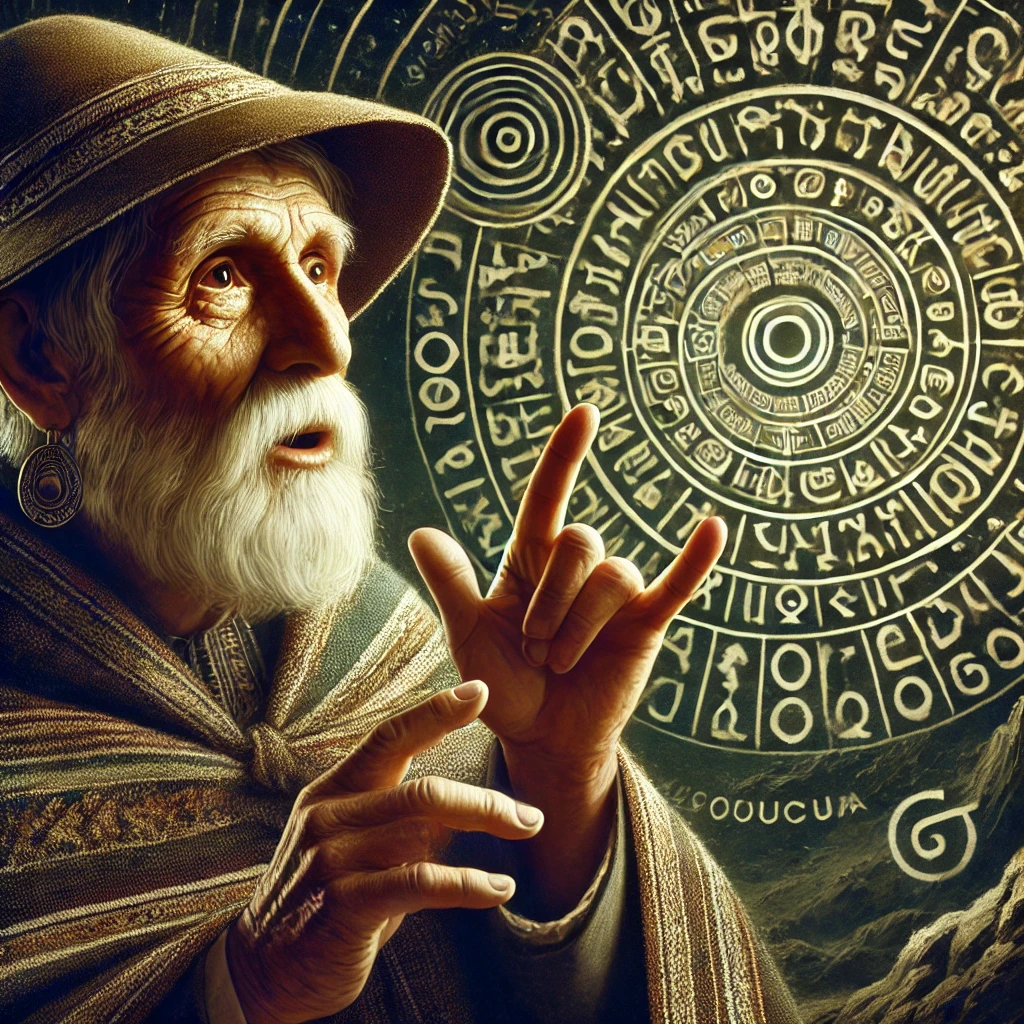
Although Quechua is often associated with the Incas, their original language remains a mystery, with no known writing system. Quipus were used to record information, but it’s unclear if they also conveyed spoken language. Some scholars believe the Incas had an older, secret language used exclusively by the nobility, but due to the lack of written records, many details have been lost to time.
The Inca Trail
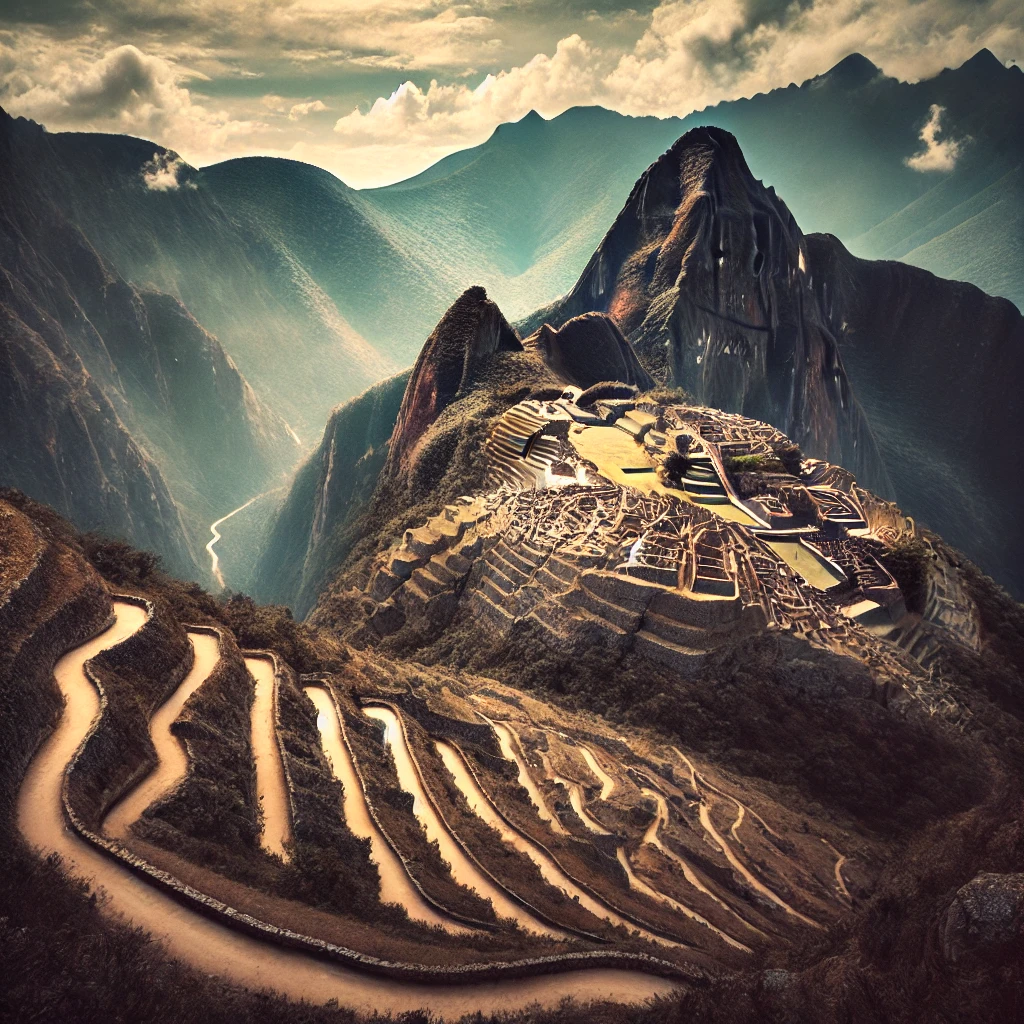
The Inca Trail, which leads to Machu Picchu, showcases the sophisticated road system of the empire, still traveled by thousands each year. These roads connected the most important cities and ceremonial centers of the empire, facilitating trade, communication, and administration. The roads were also strategically built to withstand the challenging Andean terrain, demonstrating the incredible planning and engineering skills of the Incas. Would you like to know more about the Inca Trail? We offer a one-day private tour of Machu Picchu for those seeking a more personalized experience. You can find more information and book our one-day private tour of Machu Picchu.
Advanced Water Management
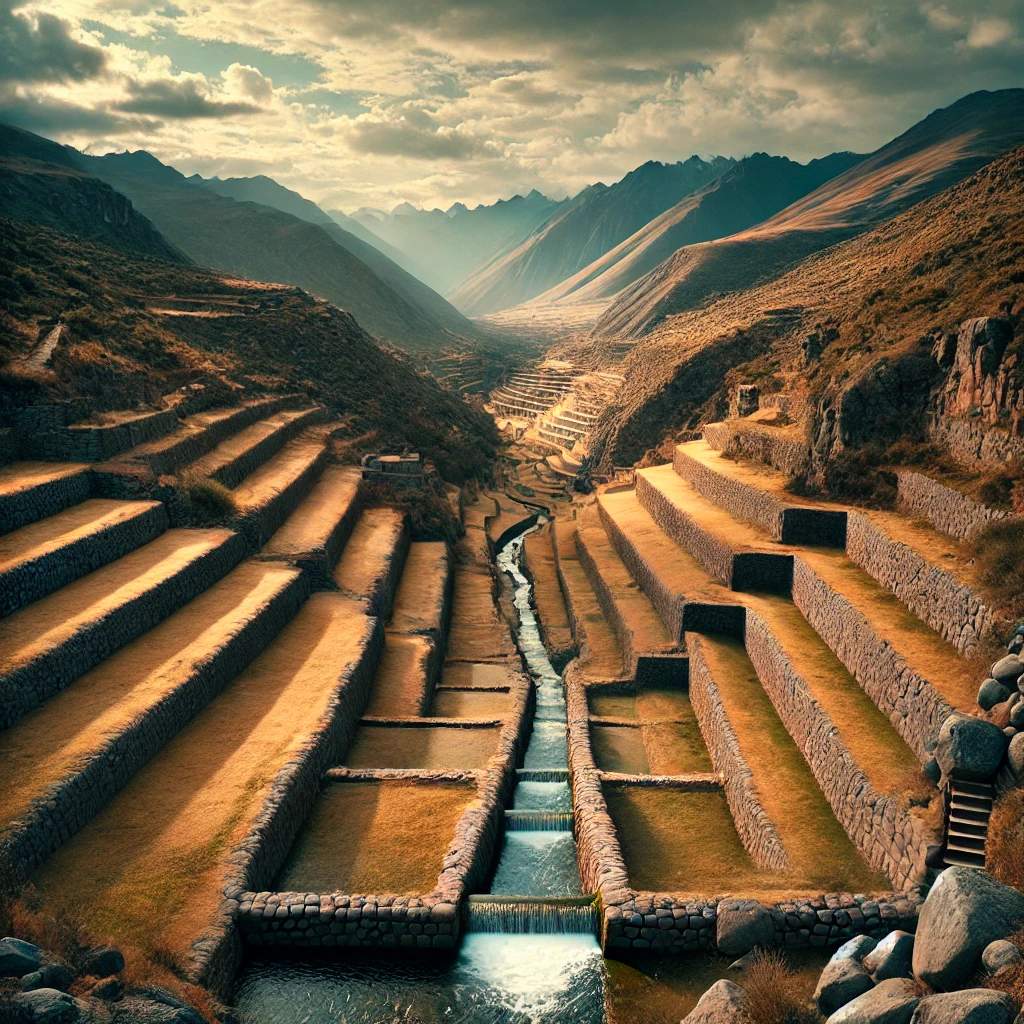
The Incas designed advanced irrigation and aqueduct systems to efficiently manage the water supply throughout their empire. Channels, aqueducts, and fountains not only ensured water for agriculture but were also symbols of power and technical knowledge. Some of these irrigation systems, such as those found in Tipón, still function today, demonstrating the durability and sophistication of Inca hydraulic engineering.
The First Freeze-Dried Foods
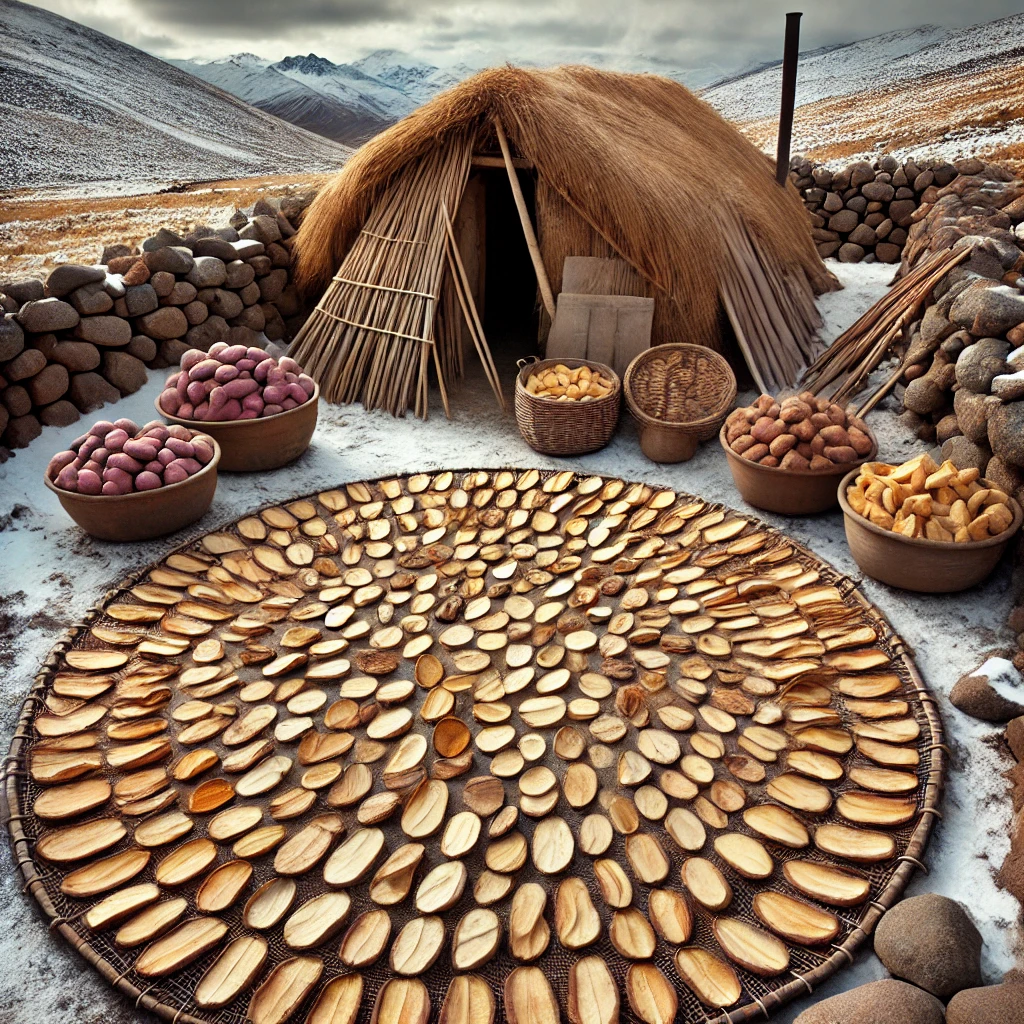
The Incas developed a process to freeze-dry potatoes (chuño), making them last for years and suitable for long journeys. This process involved exposing the potatoes to the cold temperatures of the mountains and then stomping on them to remove the water, creating a lightweight and nutritious food that could be stored for long periods. Chuño was essential for the survival of the Incas during times of drought or poor harvests, and it is still a part of the Andean diet today.
Without Iron or Steel
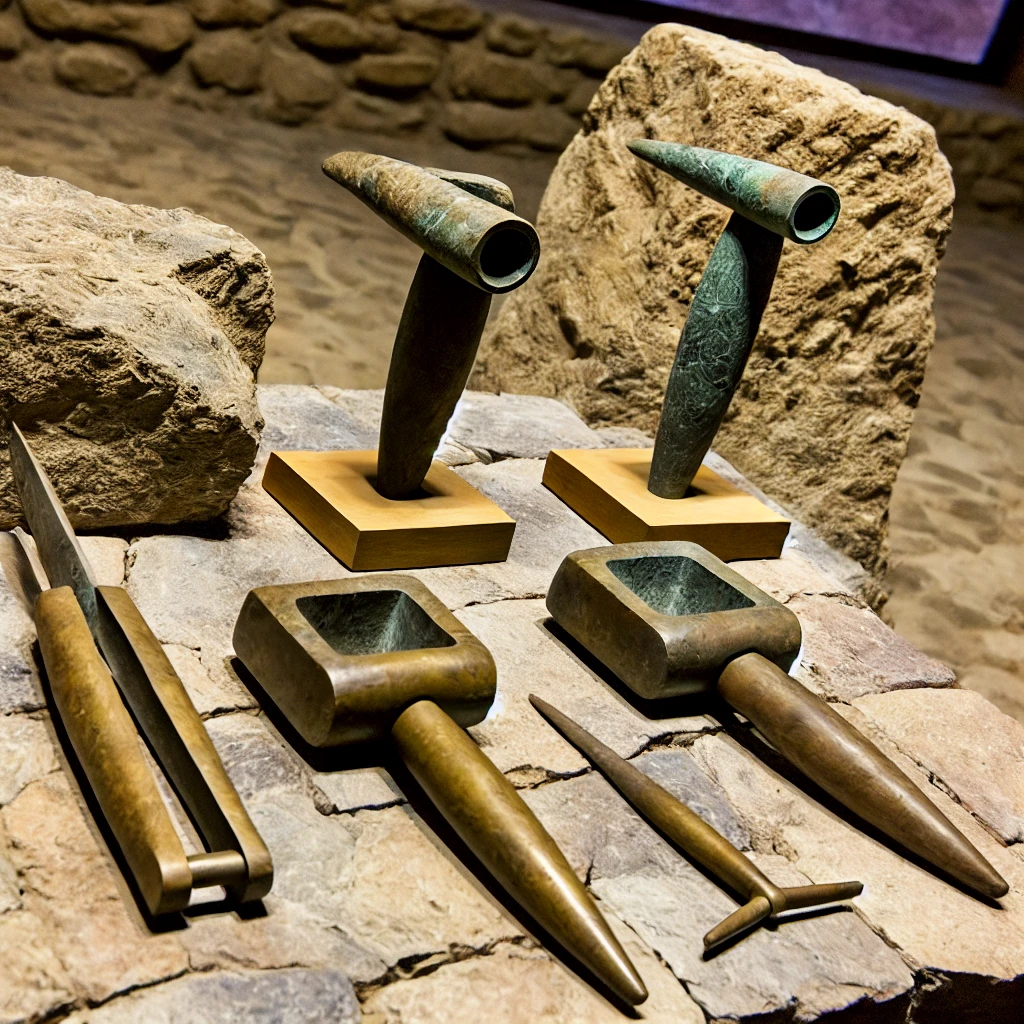
Despite their architectural feats, the Incas did not use iron or steel tools, relying instead on harder stones and bronze for construction and tool-making. They used stone hammers, bronze chisels, and other rudimentary yet highly effective tools to cut and shape stones with impressive precision. This demonstrates not only their manual skills but also their deep knowledge of material resistance and advanced construction techniques.
The Sapa Inca
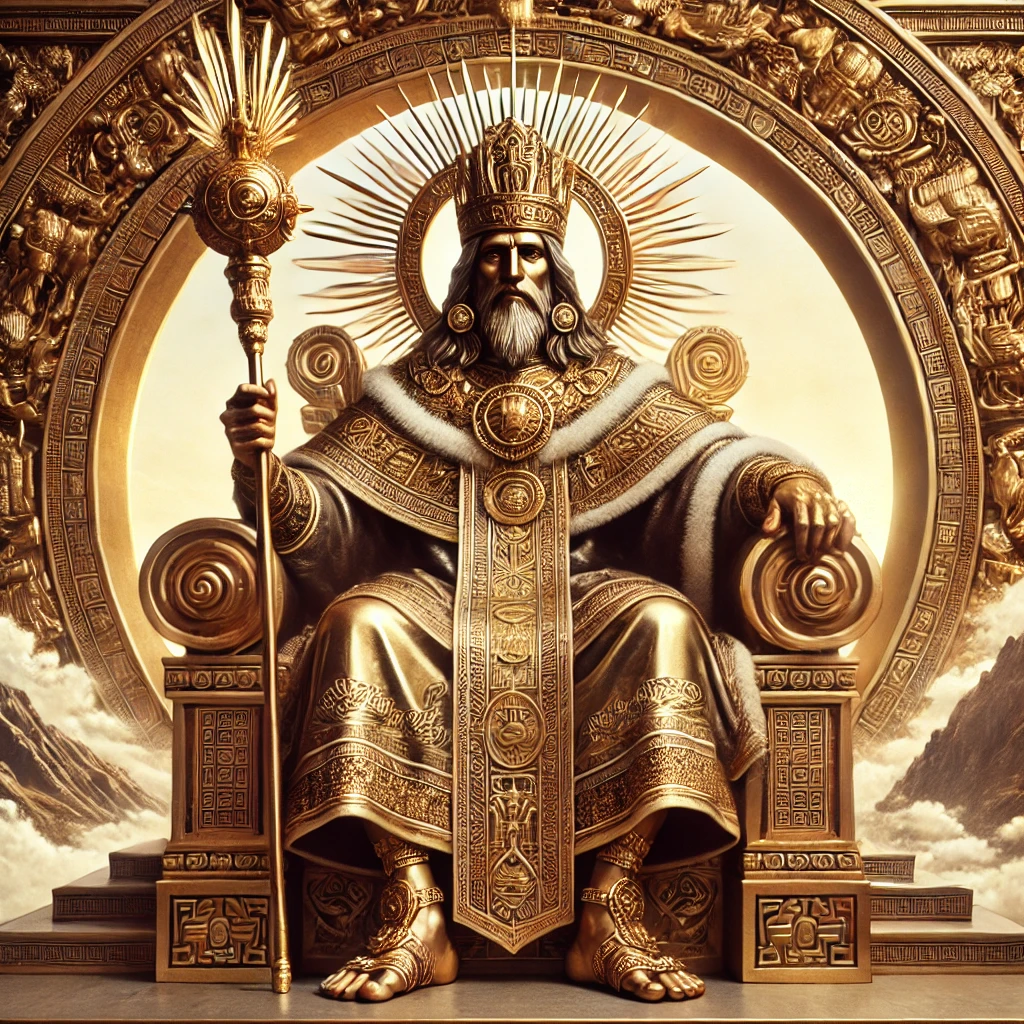
The Sapa Inca, the emperor, was considered a direct descendant of the sun god and wielded absolute power over the empire. The title of Sapa Inca implied not only political power but also a religious responsibility, as the emperor acted as an intermediary between the gods and the people. This central figure made all important decisions, from resource management to planning ceremonies and rituals, ensuring unity and stability within the empire.
Coca Leaves for Health and Religion
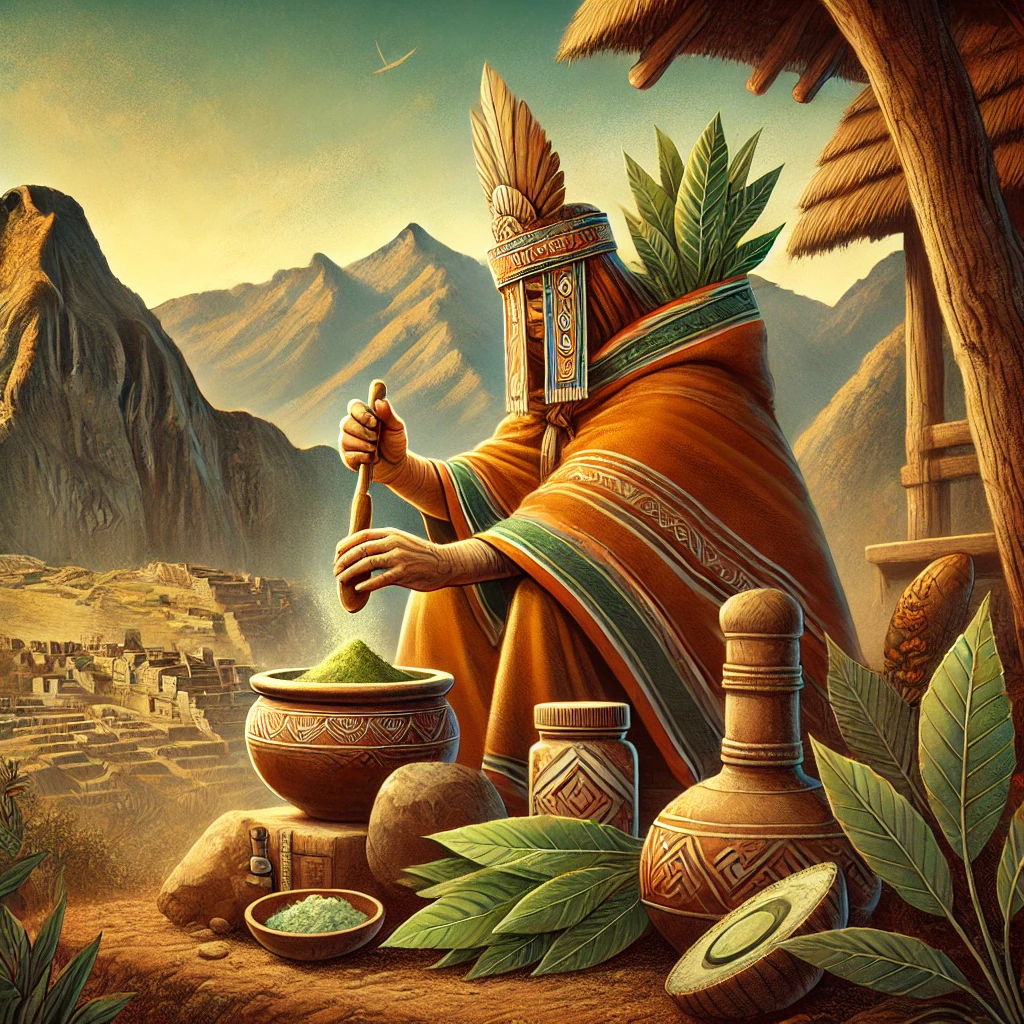
Coca leaves were used for medicinal purposes and religious rituals to communicate with the gods. Chewing coca leaves helped relieve altitude sickness, fatigue, and hunger, making them indispensable for messengers and workers in the high Andes. Additionally, coca was considered a sacred plant and was used in offerings and ceremonies to ensure divine protection and the well-being of the community.
Child Sacrifice: The Capacocha
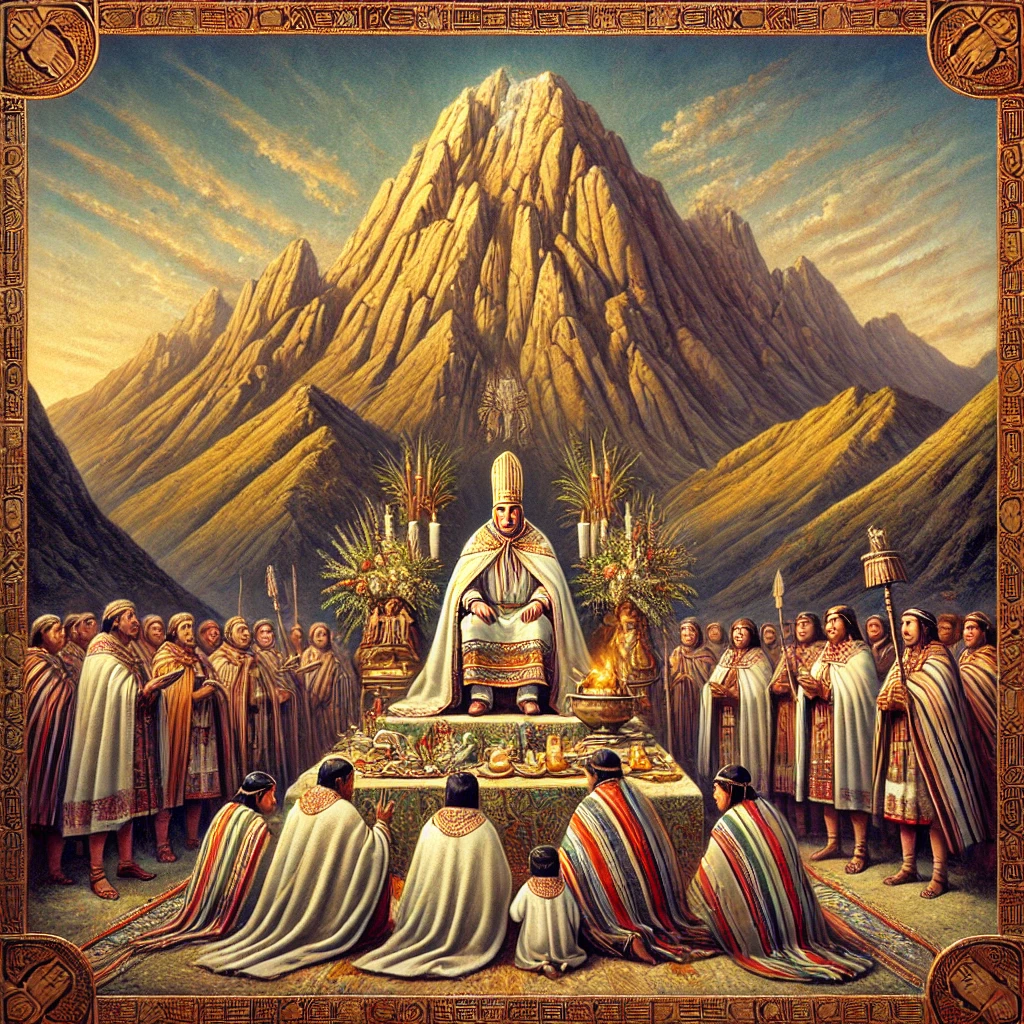
The Capacocha ceremony involved the sacrifice of children during significant events, believing that this would appease the gods. This act was seen as a way to honor the gods and ensure the prosperity of the empire, reflecting the importance of spirituality and sacrifice in Inca culture.
The Golden City of the Incas
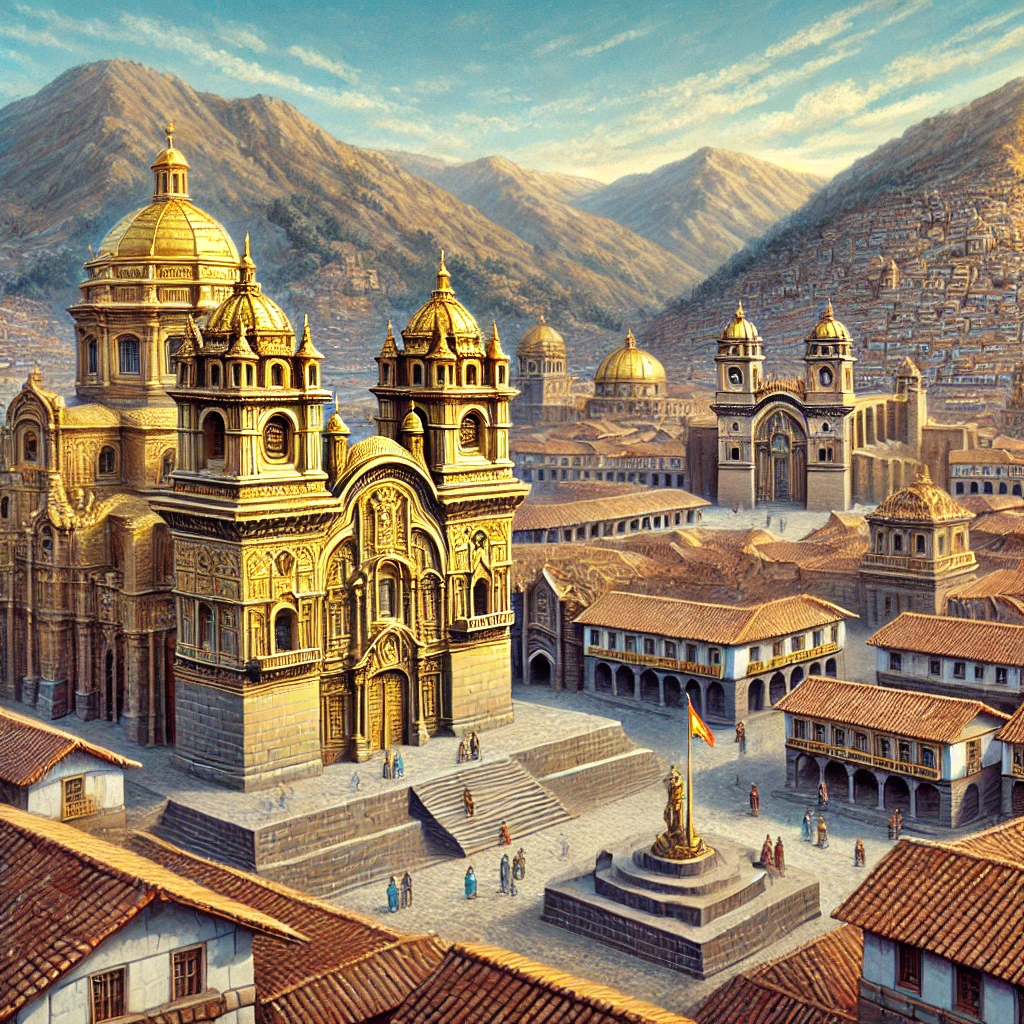
Cusco, the capital of the empire, was once covered in gold, with temples and palaces adorned to honor the gods. The city was considered the center of the world for the Incas, and gold symbolized not only wealth but also the divine connection to the sun god, Inti. Temples like the Coricancha shone as they reflected sunlight, showcasing the Inca Empire’s power and devotion to their deities.
The Siege of Cusco
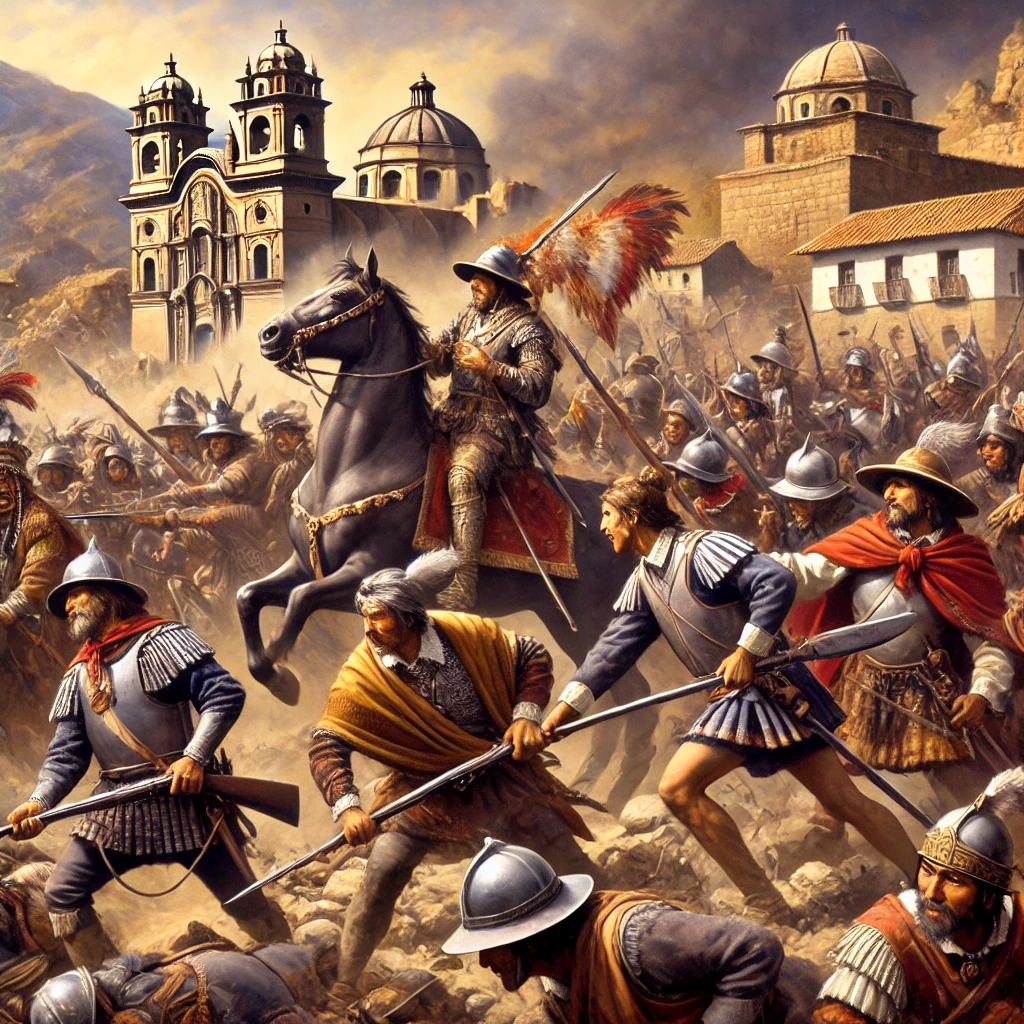
The Spanish conquest led to the siege of Cusco, marking the fall of the once-powerful Inca Empire. Despite fierce resistance, the Incas could not withstand the better-armed forces of the conquistadors. This event not only meant the loss of the capital but also the disintegration of the empire’s political and social structure, forever changing the history of the Andes and beginning a new chapter under Spanish rule.
The Mysterious Circles of Moray
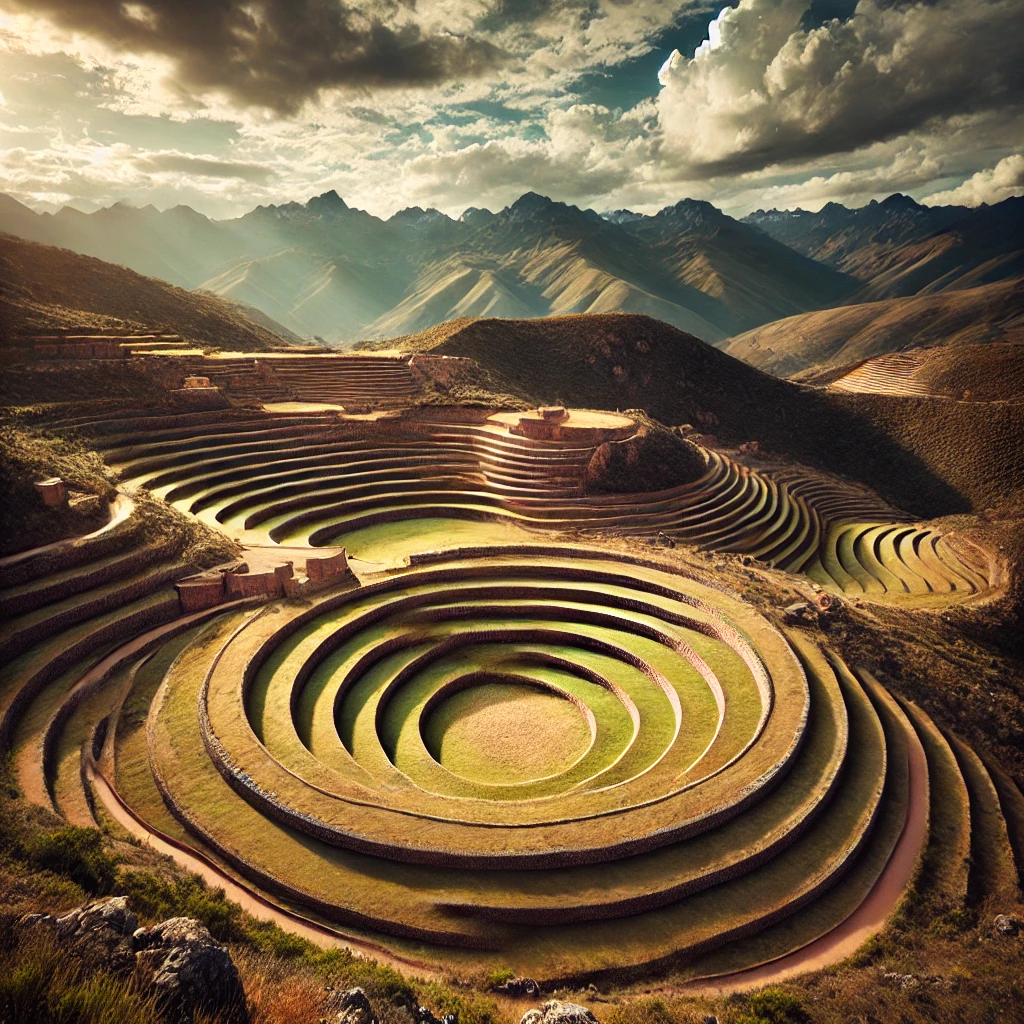
The ruins of Moray, consisting of circular terraces, are thought to have been an agricultural laboratory for the Incas. These terraces allowed for experimentation with different microclimates, helping the Incas improve their agricultural techniques and adapt various crops to different altitudes. This knowledge was essential for maximizing food production and ensuring the survival of the empire, especially in a challenging environment like the Andes. If you are fascinated by agricultural engineering and want to experience the grandeur of Inca culture up close, consider our two-day, one-night tour to the Sacred Valley and Machu Picchu, a unique experience that combines the history and majesty of these incredible places.
Inca Expansion Tactics
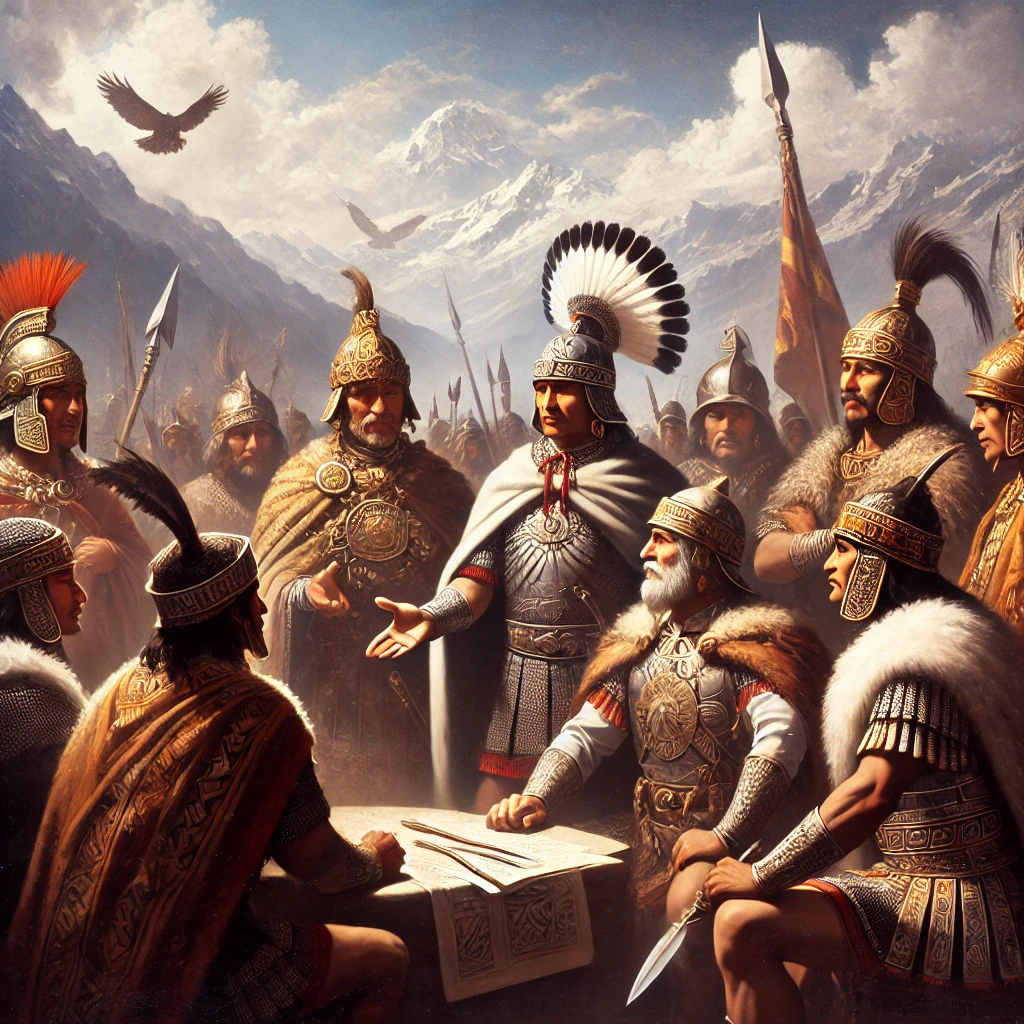
The Incas expanded their empire through diplomacy and military force, incorporating a wide range of cultures. They often offered conquered peoples protection and economic benefits in exchange for loyalty to the Sapa Inca. If these offers were not accepted, they resorted to their powerful army. This combination of smart diplomacy and effective military force allowed the empire to grow quickly and maintain stability in the conquered territories.
The Role of the Chasquis
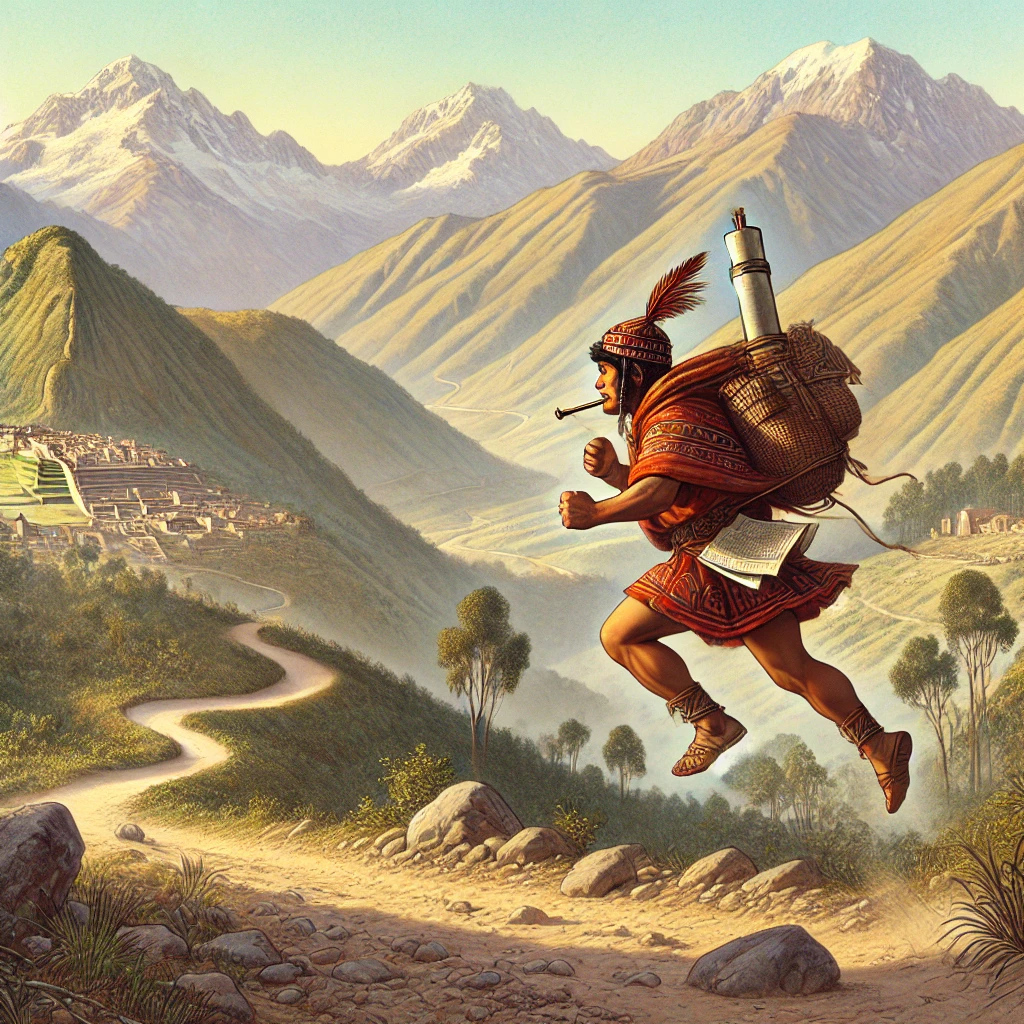
The chasquis were the messengers of the empire, running along the extensive network of roads to transmit information. These young, agile runners carried quipus and verbal messages and could cover incredible distances thanks to the existence of tambos (relay stations) located every few kilometers. The chasqui system enabled fast and efficient communication throughout the vast empire, ensuring that the decrees of the Sapa Inca reached all corners of the territory.
Economy Without Currency
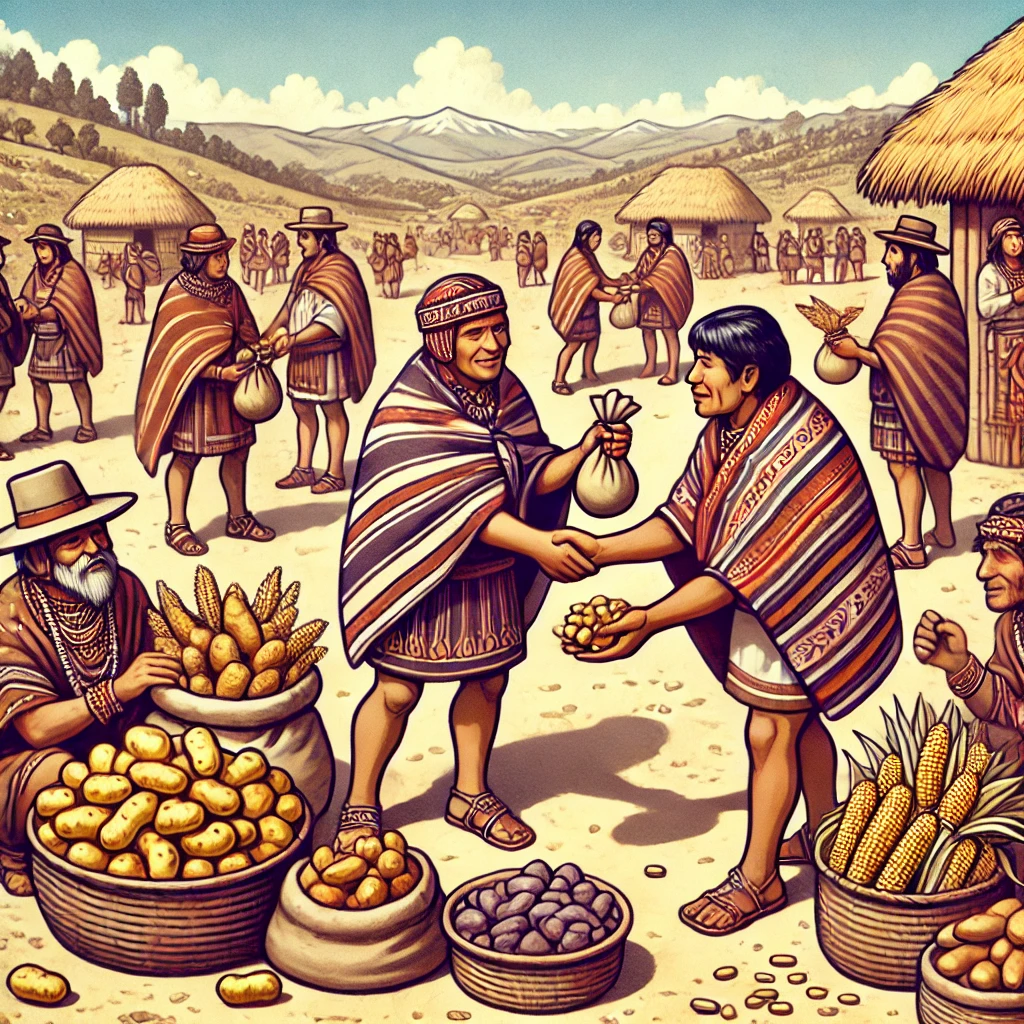
The Incas operated a barter system, without the need for currency. Their economy was based on the exchange of goods and services, reflecting a society organized around reciprocity and collective labor.
Inca Influence on Modern Peru
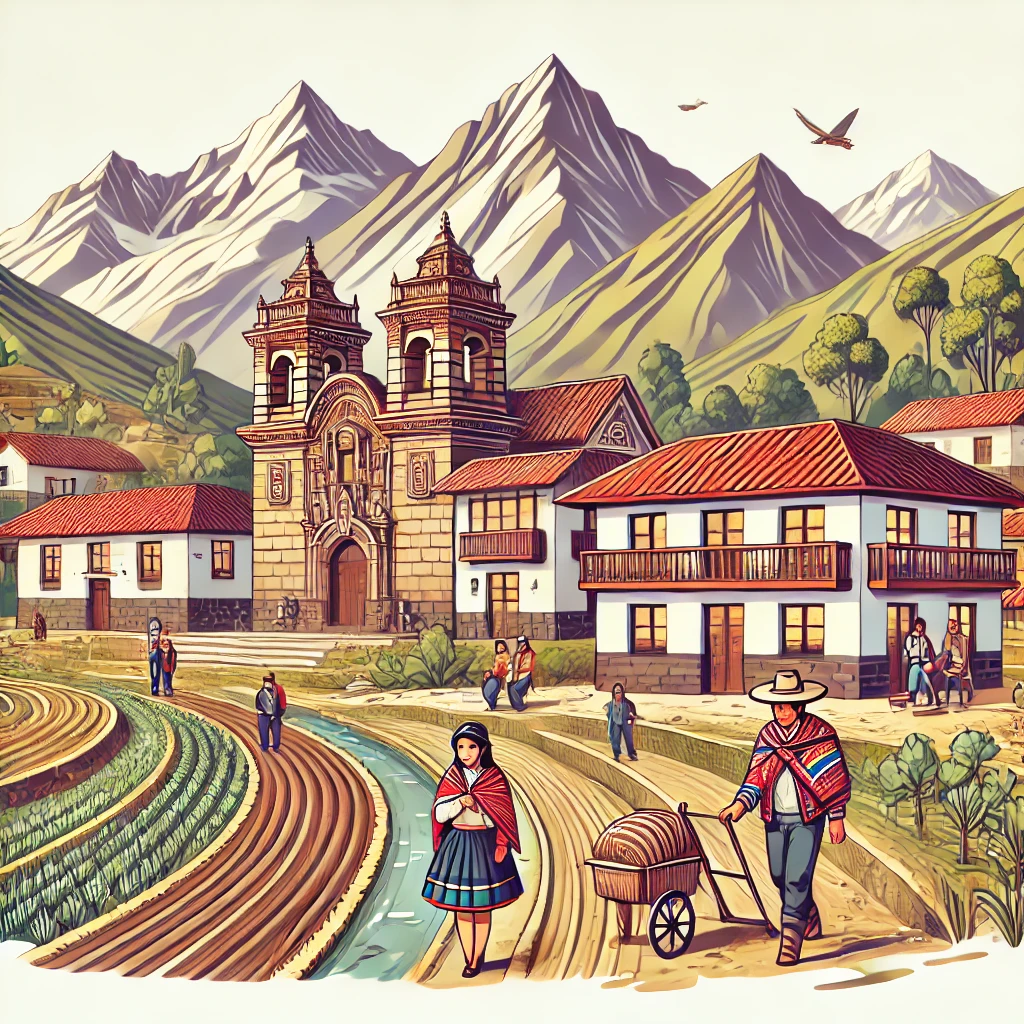
The legacy of the Incas remains palpable in contemporary Peru, from the Quechua language spoken by millions to Andean agricultural techniques and festivals that still celebrate the Inca worldview. Discover these Inca roots and plan your next tour by visiting our Machu Picchu tours. The architecture, cuisine, and cultural traditions of modern Peru are deeply rooted in Inca heritage, demonstrating the enduring influence of this impressive empire.
Join Viajes Speedy on an unforgettable expedition that will take you to the heart of the traditions and wonders of the Inca Empire. Visit our website to start planning your journey to the past, where the wonders of the Incas await to tell their eternal stories. Book now and live this unique experience!
